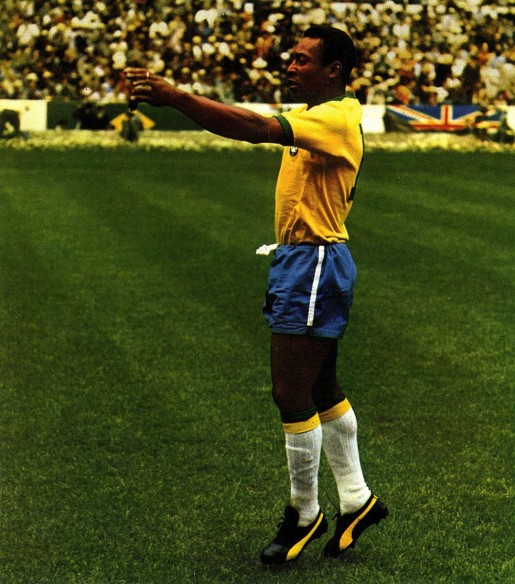Game Theory in the Professional Sports Industry
Resource: https://www.sportseconomics.org/sports-economics/category/game-theory
Sports and strategy are almost synonymous, as there are many instances in professional sports, like a penalty kick or a tennis rally, which can be considered as mixed strategy games having strategic interdependence. These are direct and obvious examples of game theory in sports, yet I knew the world of sports must have strategic battles that not only demonstrate game theory but also show power dynamics in networks.
Simply put, game theory is the idea of multiple parties competing to optimize strategy based on the opposition’s actions. It is the study of how and why competing entities make decisions. The article provides a particularly interesting example on the matter: one that goes beyond in game strategy, but to marketing and business. Pelé is one of the greatest soccer players of all time, and during the 1970 World Cup he was at the peak of his ability. With this came an abundance of fame and marketing opportunity. Puma and Adidas were the leading manufacturers of the shoe industry at the time, and were fiercely competing for Pelé to wear their shoe for Brazil’s World Cup quarter final match. Athletes grew aware of this rivalry, and in the position of power began demanding increasingly high prices for the endorsements. Knowing this was an issue, Puma and Adidas began to make peace to ease these price demands, and famously made the “Pelé pact” where they agreed that neither would endorse the Brazilian star at the World Cup.
Now, this pact was perhaps an idea that could benefit both companies going forward. However, when the camera zoomed in on Pelé before the quarter final game, he reached down and tied a brand new pair of Puma cleats.

This situation sparked my interest not only because it represents an enticing battle of wits of two corporate giants, but because it relates very much to relevant course concepts. In my head I imagined a straight line graph with 3 nodes and only 2 edges between the middle and the ends (Pelé being in the middle and Puma and Adidas being nodes on the end). Pelé’s endorsement would yield great marketing value but also due to the rivalry/bidding war, would cost either side a tremendous amount. It got to the point where Puma and Adidas seemed to decide whatever price point that was going to be reached wouldn’t be worth it for either side. That is, until Puma snuck in at the last second and violated this pact which was said to be a lucrative deal. The deal was not stable because Puma was able to revert from the plan and benefit further. The mutual dependency was evident throughout as the two companies battled it out. The conclusion also makes sense for Pelé, who in this case had all the power to sit back and wait for the maximum deal to come.
